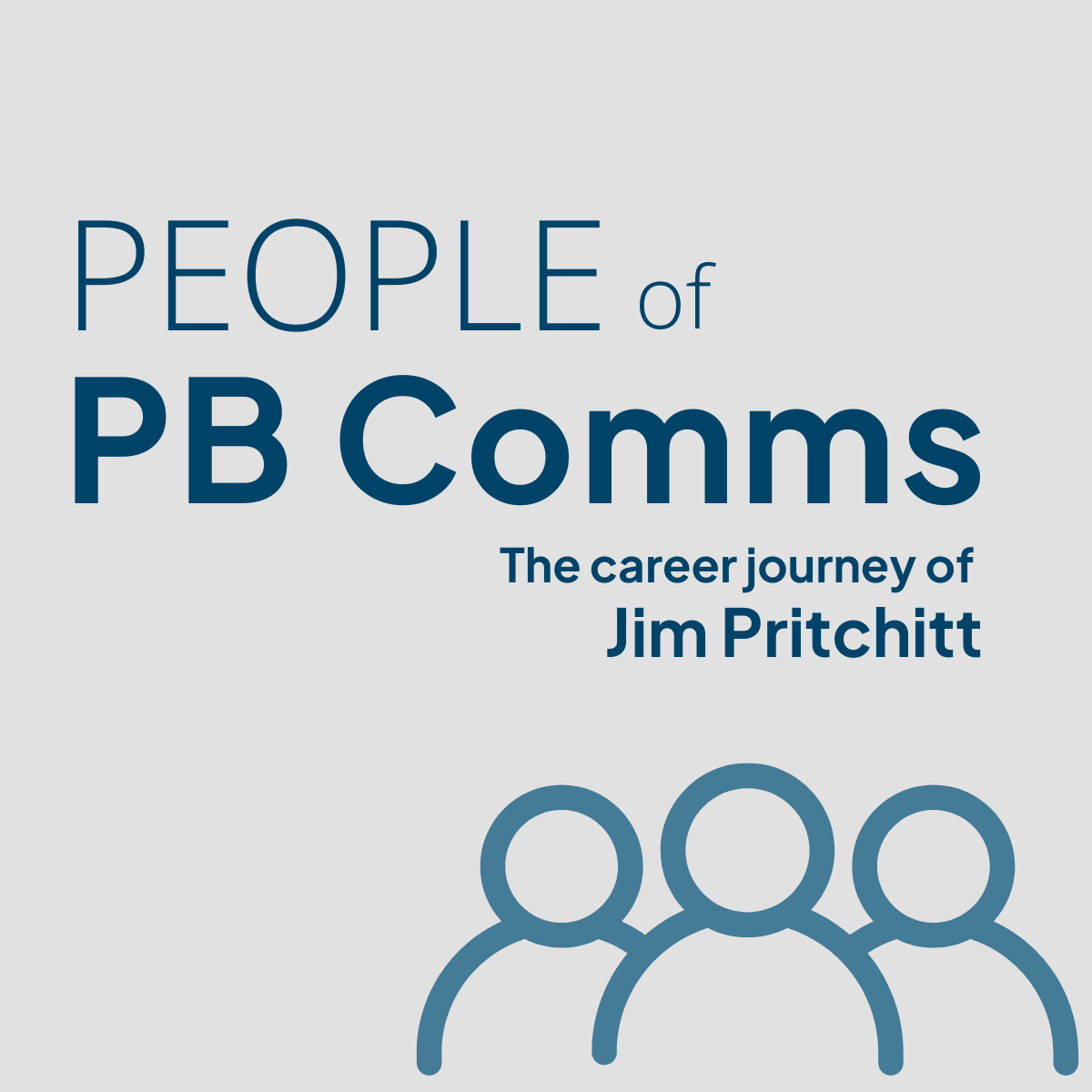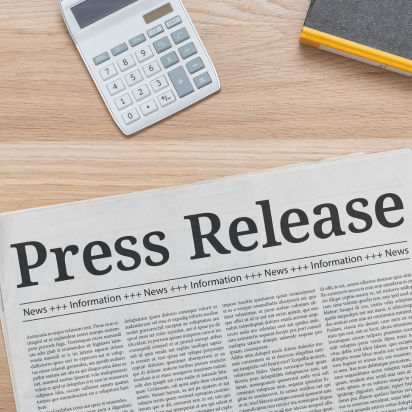In today's media landscape where attention spans are becoming increasingly short, and journalists are being pulled in multiple directions, it's crucial to know how to craft a media release that stands out from the crowd. A well-written media release can be the key to generating media interest in your brand, product or service offering.
But with so many investment houses competing for reporters’ attention, how do you make sure your media release gets noticed?
It is essential to understand the purpose of a media release and the key messages that you want to convey. A media release is designed to inform journalists and media outlets about newsworthy events or developments related to your organisation.
A media release should provide newsworthy information in a clear, concise, and engaging manner, making it easy for journalists and editors to immediately pickup the story and share it with their audience.
Some essential criteria for any media release include:
- Compelling headline: The headline is the first thing journalists will see, so make it count. Keep it short, snappy, and attention-grabbing.
- Informative lead: The lead paragraph should summarise the most important information in a concise and engaging way. This is your chance to hook the reader and encourage them to continue reading.
- Body: The body of the media release should provide additional details and context, supporting the information presented in the lead. Use clear and concise language, and avoid jargon or technical terms.
- Focus on the news: Make sure your media release focuses on something newsworthy. What's the angle that will make journalists want to cover your story?
- Quotes: Including quotes from relevant individuals can add credibility and colour to a media release. Choose quotes that offer valuable insights or perspectives. Avoid meaningless buzzwords like “proud”, “delighted” or “excited”.
- Keep it concise. Journalists are busy people, so respect their time by keeping your media release concise and to the point.
- Include a call to action. Encourage journalists to contact you for further information or interviews.
- Be available. Being available at short notice, with minimal fuss, can be the difference between being quoted in a story, and not being quoted at all. Telling a journalist with a deadline of today, that you cannot speak to them until tomorrow, may mean they won’t call you for a comment next time.
- Be relevant. Focus on what interests journalists and their readers, not just what’s important to you.Use simple language, not jargon. Be information-based, not product. Be helpful, thoughtful, reliable and knowledgeable.
It's important to realise that not all media releases will result in instant coverage. If coverage does not eventuate immediately, it does not mean the time spent developing it was wasted. It is still a great tool to keep your company and spokespeople front of mind for future stories journalists may write on this or a similar topic.
If a journalist contacts you for further commentary, use your time with journalists positively. Be prepared by knowing the issues you are able to talk about and the information contained in your media release!
A well-written media release can be a powerful tool for generating publicity and raising awareness about your brand. Remember, the key is to focus on the news, keep it concise, and use strong verbs.



















